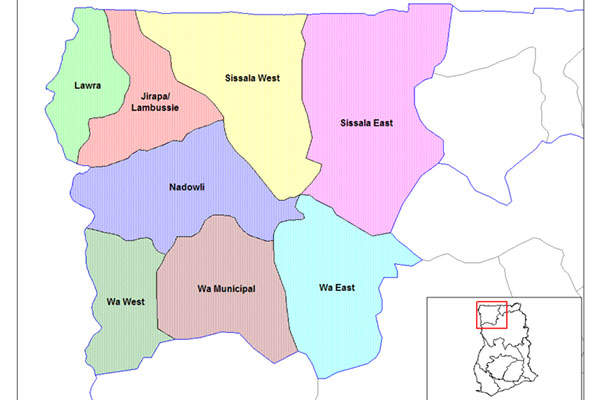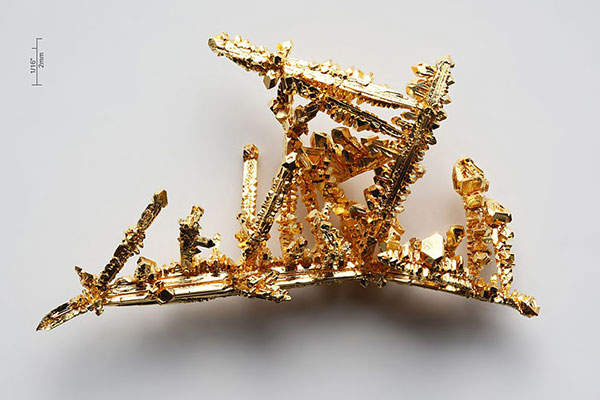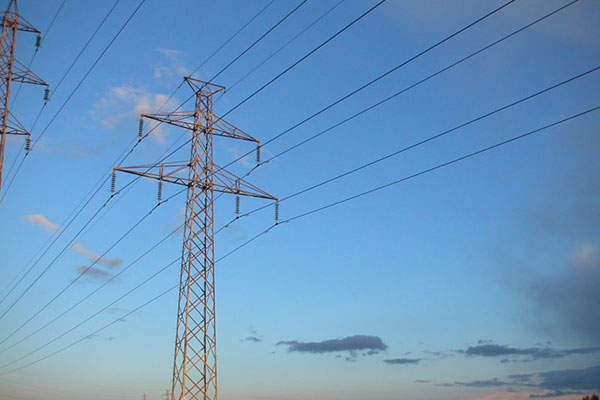
Azumah Resources, a gold explorer and developer based in Perth, Australia, is the owner and developer of the Wa Gold project located in the north-western region of Ghana, along the border with Burkina Faso.
Azumah is currently revising the feasibility study and mineral reserve estimates, approved in August 2012, to reflect the expanded mineral resources at the project.
The open pit gold mining project includes a 1.2 million tonne per year carbon-in-leach (CIL) processing plant for treating oxide and transition ore. It is estimated to produce approximately 100,000oz of gold a year over an initial mine life of seven years.
In July 2014, the project received two mining leases for a period of 15 years, covering Kunche, Bepkong and Julie deposits, from the Ghanaian Minister of Lands and Natural Resources.
Wa Gold project location, geology and mineralisation
The gold project is located approximately 10km away from the regional capital of Wa. It extends over a total land holding of 3,164km² and comprises three main deposits namely Kunche, Bepkong and Julie along with two satellite deposits Aduane and Collette.
The project covers most of the Wa-Lawra Greenstone Belt located in northwest Ghana, along with a small area east of Wa, which also presents greenstone belt lithologies. The Wa-Lawra belt hosts Upper Birimian metasediments, volcaniclastics and subordinate metavolcanics.
The Kunche, Bepkong and Aduane deposits are part of the dilational jog, which is located within a large mineralised shear zone system. A north-north-west striking sinistral shear system within Birimian metasediments hosts the Kunche deposit with a strike length of 1.4km.
The Bepkong deposit is mostly covered by transported colluvium and alluvium, and hosted by a north-south striking sinistral shear system.
The Julie gold deposit is a part of the Wa East district and is hosted in malformed granodiorite. The deposit comprises quartz lodes within a 6km-long north dipping E-W-trending shear zone. It contains carbonate, sericite, chlorite and haematite alteration minerals.
Wa gold project reserves
As of September 2014, the Wa gold mine is estimated to contain 9.08 million tonne (Mt) of ore reserves grading 2.14g/t Au. It is estimated to contain 624,000 ounces of gold.
Mining and processing of ore at Wa gold mine
Owned by Integra Mining (acquired from Solomon in 2005), the project is a 1,500km² consolidated tenement package, including multiple open pit and underground deposits.
Conventional open pit mining methods including drill and blast followed by load and haul will be applied at the gold project. The major mining fleet and equipment will consist of hydraulic excavators, off-highway dump trucks, and standard open-cut drilling and auxiliary equipment.
An ore feed for the mill will be initially sourced from the staged mining of a series of shallow open pits at Kunche and Bepkong, followed by the Julie pit.
The oxide and transition ore from Kunche and Bepkong and oxide ore from Julie will be treated by the plant at a rate of 1.8Mtpa, whereas the transition ore from Julie will be treated at the rate of 1.5Mtpa.
The run-of-mine (ROM) ore will be trucked to the ROM pad and transported to the single-stage crusher using front-end loaders.
Crushed material will be grinded in a single-stage 5.4MW SAG mill to produce a 75µm feed to the carbon-in-leach (CIL) tanks followed by elution and electrowinning processes to produce gold doré.
The conventional gravity / carbon-in-leach plant will be further equipped with a flotation, regrind, and intensive leaching circuit to treat the primary and some of the transitional ore from the Julie deposit.
The resulting concentrate from the circuit will be reground to 10µm-15µm prior to intensive leaching process. Concentrate tailings will be treated in the main CIL leach tanks for enhanced gold recovery.
Infrastructure facilities at the Wa gold project
Electricity for the gold mine will be supplied by a 161kV arterial transmission line, which has been re-routed by state-owned power infrastructure company GridCo.
Water for the mining operations will be collected from Black Volta River, which is located 5km to the west of the processing plant. The project also includes the construction of an 800,000m³ water storage dam for providing year-round supply.
Workers will be accommodated at the company’s existing 48-person Kalsegra camp located 8km from Kunche.
Contractors involved with Wa gold mine development
The mining contract for the Wa gold project was awarded to African Mining Services (AMS). Coffey Mining and GR Engineering Services (GRES) were engaged for preparing the technical report for the gold project. GRES also provided engineering services for the project.
Kirk Mining Associates was contracted for determining the ore reserves for the gold mine as part of the feasibility study update.










